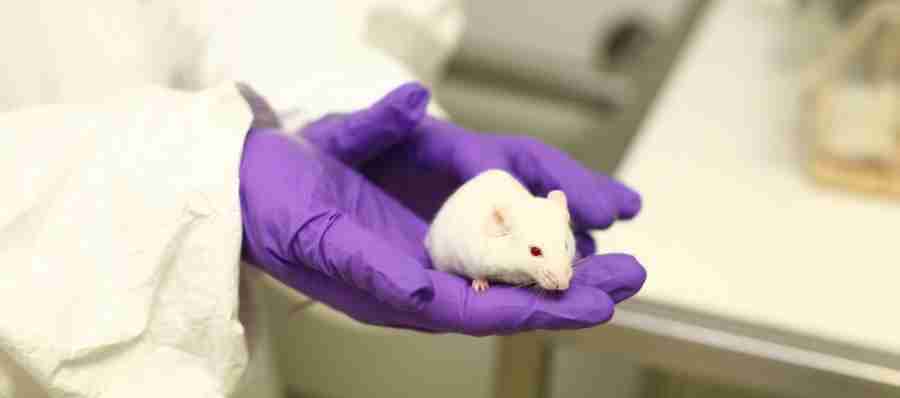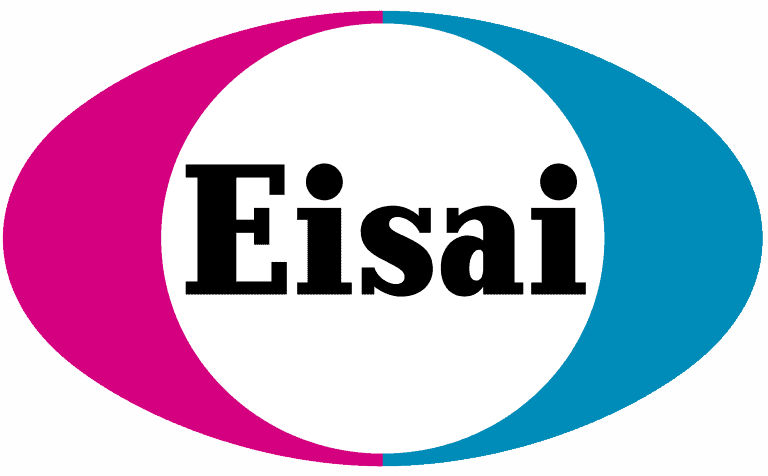Many of the drugs used to treat Dravet Syndrome work by interacting with GABAA receptors. Each GABAA receptor is composed of subunits, and there are different versions of receptors depending on which subunits they have. Drugs have unwanted side-effects, and it is worth asking: if we hit just one specific kind of GABAA receptor, instead of all of them, can we reduce the side-effects and keep the good activity?
In this paper, the researchers tried selectively hitting the GABAA receptors containing the a2 subunit. They did the study in mice possessing a mutation that causes Dravet syndrome, and they used different strains of these mice – one of which has higher levels of the a2 version of GABAA receptor, and others that served as controls. Interestingly, the strain with higher a2 exhibits a much milder form of Dravet. (This brings to mind the observation that humans with the same mutation can show different levels of disease impact – which is intriguing, but extrapolating from mice is risky.) There is an investigational drug, called AZD7325, and the authors did various electrophysiology experiments and showed that it selectively enhances the activity of the a2 version of GABAA receptor.
When this drug was given to one of the mouse strains showing a severe Dravet profile, it protected against heat-induced seizures. Further, these mice showed no signs of increased sedation, which is one of the troublesome side-effects of Dravet drugs targeting GABAA receptors. This suggests that selectively targeting the a2 version of GABAA receptors may have advantages.





